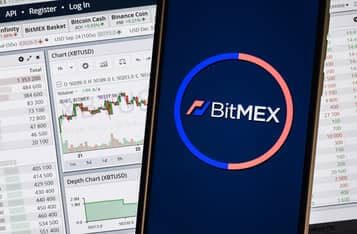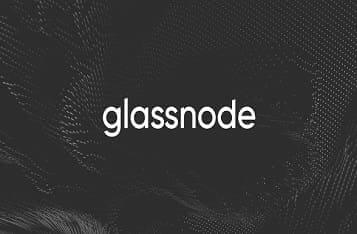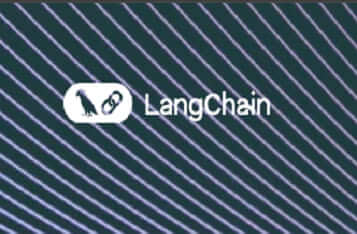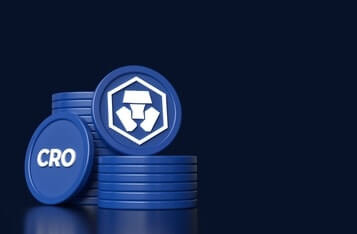THORChain Introduces Trade Assets for Enhanced Onchain Trading Experience
THORChain has announced a significant development in the decentralized finance (DeFi) space with the introduction of Trade Assets. According to Nine Realms, this new class of primitives allows users to trade assets onchain with the efficiency and experience of a centralized exchange, but without compromising transparency or security.
Summary
Trade Assets are designed to be twice as capital efficient as synthetic assets. This increased efficiency means that arbitrageurs can operate more effectively with the same amount of capital. Trade accounts on THORChain settle with block speed and cost, enabling swaps to be finalized within six seconds without incurring excessive Layer 1 (L1) blockchain fees. Additionally, users can redeem Trade Assets for native assets at any time without slippage, making them ideal for high-frequency traders and arbitrageurs.
Advantages of Trade Assets
- Backed 1:1 by native assets secured by THORChain
- Mint or redeem Trade Assets with no slippage (only L1 gas fees)
- 2x capital efficiency of Synthetic Assets
- Traders only pay native THORChain fees ($0.2) when swapping—no L1 gas fees
- No outbound fee when swapping to a Trade Asset
- Finality with THORChain block speed (6 seconds)
- Not subject to outbound delays or confirmation counting
What are Trade Assets?
Trade Assets are native assets custodied by THORChain but held outside of liquidity pools. Users receive a credit to their THORChain address rather than directly holding the assets in their wallets. This system allows users to have a deposit on a centralized exchange while maintaining onchain transparency. The assets are held 1:1 as L1 assets by THORChain until the user is ready to withdraw them back to self-custody.
Aligning with the THORChain Vision
The introduction of Trade Assets aligns with THORChain's vision of providing a seamless trading experience comparable to centralized exchanges. This new feature is expected to attract high-frequency traders due to its reduced fees and increased capital efficiency. Trade assets also facilitate more efficient arbitrage, leading to tighter price spreads across different exchanges.
How to Mint or Burn Trade Assets
Minting or burning Trade Assets involves a unique memo syntax with the prefix `TRADE+` or `TRADE-`. There are no slippage fees associated with these processes, only L1 gas fees. For example, depositing 1 BTC.BTC will result in the crediting of 1 BTC~BTC, and redeeming 1 BTC~BTC will result in 1 BTC.BTC minus the L1 BTC gas fees.
How Trade Assets Differ from Synthetic Assets
Trade Assets offer faster and more capital-efficient arbitrage compared to Synthetic Assets. While Synthetic Assets affect only one side of the pool depth, Trade Assets impact both sides, allowing for quicker price corrections with less capital. Trade Assets are backed 1:1 by native assets and secured outside the pool, while Synthetic Assets are backed by a 50:50 RUNE:ASSET liquidity pool.
Economic Security
Trade Assets are the first assets on THORChain to be held outside of liquidity pools. This means not all native assets in the TSS Vaults are paired with RUNE. To ensure the network's economic security, the Incentive Pendulum now considers the value of all assets in the vaults. If the value of the vaults exceeds the validators' staked value, Trade Accounts will realize a negative interest rate to maintain the security ratio.
For more detailed information, the official announcement can be read on Nine Realms.





